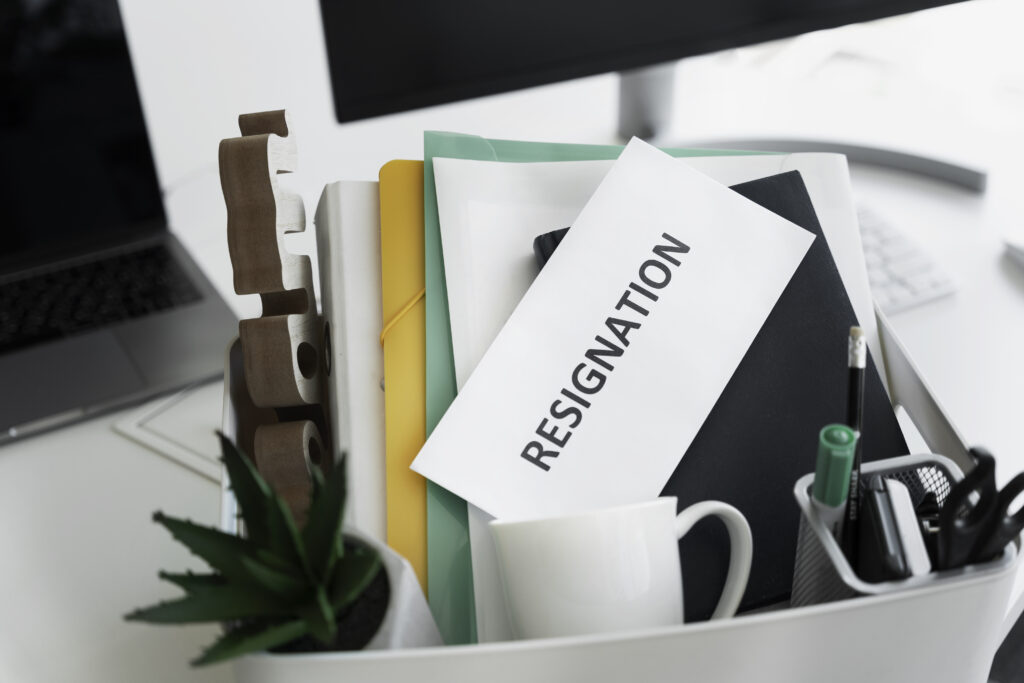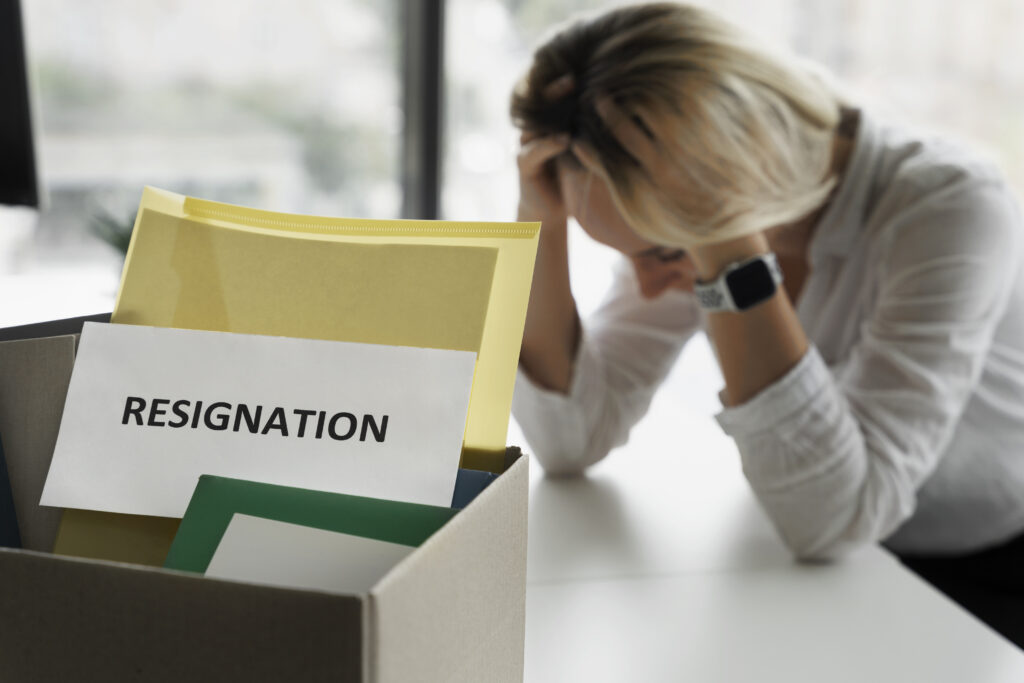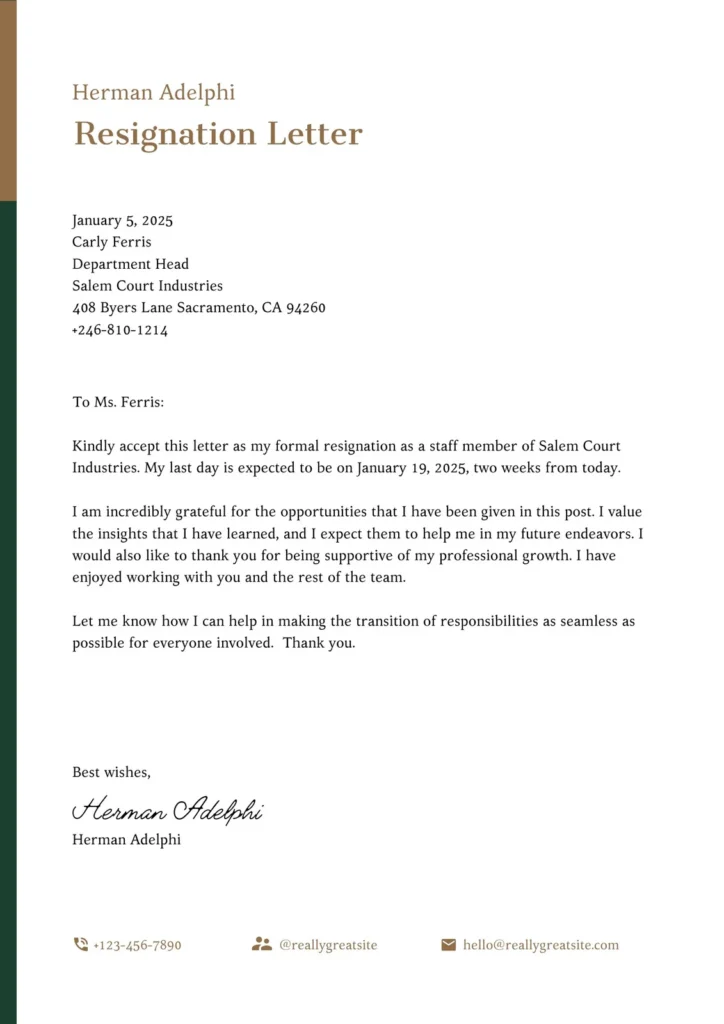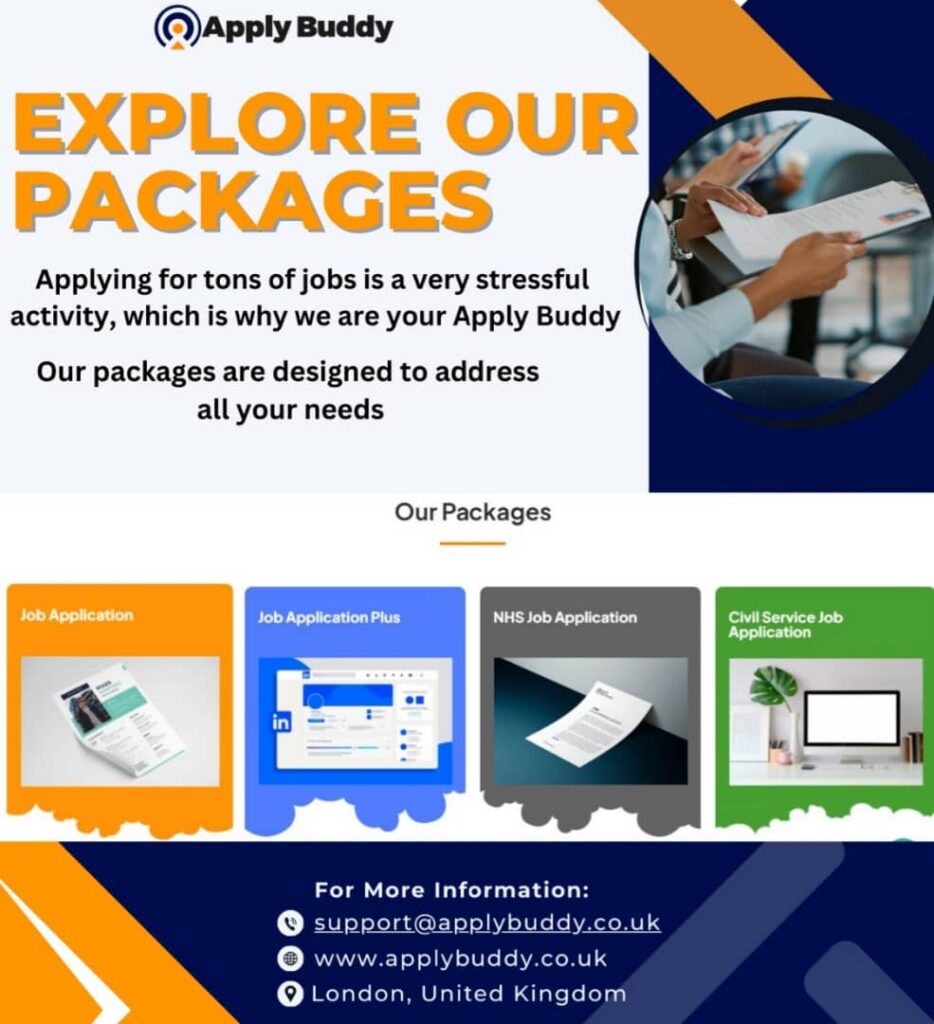How to write a resignation letter without overthinking it? It’s simpler than you might think! A resignation letter isn’t just a formality—it’s your chance to leave your role on a positive note and maintain professional relationships.
Whether you’re heading to an exciting new job, taking a career break, or switching industries entirely, crafting a well-thought-out resignation letter is key to making a graceful exit. But how do you balance being professional while keeping it brief and respectful?
Think of it as your final opportunity to leave a lasting impression. A thoughtful resignation letter can help you preserve connections, show gratitude, and keep the door open for future opportunities.
Don’t worry—this blog post on How To Write A Resignation Letter: Tips And Template has you covered. With practical tips and a handy template, you’ll be able to draft a resignation letter that ticks all the boxes.
Ready to get started? Let’s dive in!

Why Writing a Resignation Letter is Important
When it’s time to move on from a job, you might wonder, is a resignation letter really necessary? The answer is a resounding yes. A resignation letter plays a key role in the formal resignation process, ensuring your departure is handled with professionalism and respect. It’s more than just a piece of paper—it’s a chance to set the tone for your exit and maintain strong relationships for the future.
Let’s break it down further.
Ensures a Professional Exit
Leaving a job can be emotional, but a professional resignation helps smoothen the process for both you and your employer. Writing a resignation letter shows that you respect your role and the organisation, even as you step away. It’s a simple yet effective way to leave on good terms, which can be crucial when seeking future job references.
Your resignation letter becomes a lasting reflection of your work ethic and character. By exiting with grace and professionalism, you leave a positive impression that could open doors down the line.
Provides Clarity and Documentation
Another reason why the importance of resignation letters shouldn’t be overlooked is the clarity they bring. A written resignation ensures everyone—your employer, HR, and even yourself—is on the same page about your last working day and transition plan.
This isn’t just about ticking boxes; it’s about establishing a clear record. Whether it’s for formal job exit purposes or as a safeguard in case of misunderstandings, having your resignation in writing ensures clear communication at work and avoids unnecessary confusion.
In short, a resignation letter is more than just a courtesy—it’s your roadmap to a smooth and professional exit. Ready to write yours? Keep reading to find out how.
Sets the Tone for Your Transition
A well-crafted resignation letter also sets the tone for a smooth handover process. It signals to your employer that you are committed to ensuring a seamless transition, whether it’s training a replacement or documenting your responsibilities. By showing that you care about the organisation even as you leave, you reinforce your professional reputation.
Leaves a Positive Final Impression
First impressions matter, but so do last ones. Your resignation letter is one of the final touchpoints your employer will have with you, and it can leave a lasting impression. Expressing gratitude and professionalism in your letter reflects positively on you, ensuring your exit is remembered as amicable and respectful.
Also Read: How to Prepare for a Potential Salary Drop When Changing Careers
Tips for Writing an Effective Resignation Letter
Writing a resignation letter might seem straightforward, but it’s essential to get it right. A well-crafted letter not only helps you exit professionally but also leaves the door open for future opportunities. Here are some resignation letter writing tips to ensure your departure is as smooth as possible. Here’s how;
Keep It Simple and Professional
When crafting your resignation letter, less is more. A concise resignation letter ensures that you get to the point without over-explaining. Keep the tone professional and polite—this isn’t the time for long explanations or venting. A short and to-the-point letter is all you need.
Make sure your letter reflects a professional attitude, no matter the circumstances of your departure. Even if you’re leaving due to less-than-ideal conditions, aim to maintain a level of professionalism. A polite resignation letter shows that you can remain calm and composed, even when saying goodbye.
Include Key Information
Your resignation letter should include some essential resignation details to ensure everything is clear. At a minimum, it should state the position you’re resigning from, the date of your resignation, and your last working day. This helps set the expectations for your job resignation requirements and allows for a smooth transition.
If there are any specific reasons for your departure that you’d like to include, do so briefly and respectfully. However, remember that you are not required to go into detail. Just focusing on the resignation letter essentials will suffice for a professional exit.
Express Gratitude
No matter the reason for your departure, it’s always a good idea to express gratitude in your resignation letter. Showing appreciation for the job opportunity and the time you’ve spent with the company helps keep the tone positive. A few words of thanks can go a long way in leaving a lasting impression.
Remember, this doesn’t have to be an overly emotional expression of gratitude, but a simple acknowledgment of your experience will help maintain goodwill. A positive resignation tone can go a long way in preserving professional relationships.
Offer Assistance During Transition
Your resignation letter is the perfect place to offer transition support. Offering to help during the handover process shows that you’re committed to ensuring a smooth job exit. Whether you offer to train a replacement or finish pending projects, showing you care about the transition will reflect positively on you.
A thoughtful resignation letter that includes these simple yet essential points can help make your exit as smooth and professional as possible. Ready to write your resignation letter? Keep reading for a handy template!
Keep It Positive
Even if you’re leaving under difficult circumstances, try to keep the tone of your letter positive and respectful. Focusing on what you’ve gained during your time with the company, rather than any negatives, will help leave things on a good note. You don’t have to go into details about your reasons for leaving, but keeping a positive approach will reflect well on you and your professionalism. A positive resignation tone helps ensure that your departure is seen in the best light, maintaining goodwill in the long term.

Common Mistakes to Avoid in a Resignation Letter
When resigning from a job, your resignation letter is your opportunity to leave on a positive and professional note. However, many people make mistakes that can undermine their efforts.
Learn How To Write A Resignation Letter with some of these tips and template effectively.
1. Being Overly Emotional or Negative
One of the biggest mistakes when resigning is letting emotions take over. Venting about frustrations or being overly critical of your employer can burn bridges. Even if you’re leaving under less-than-ideal circumstances, it’s important to maintain a positive, neutral tone. This keeps the relationship intact and preserves your professional reputation.
2. Not Being Clear About Your Last Working Day
Another common mistake is failing to specify your last working day. A clear resignation letter should include this information, as it helps both you and your employer plan for the transition. Ambiguity can lead to confusion, which is something you want to avoid.
3. Leaving Out Key Details
A resignation letter should not only include your intention to leave but also other key details, such as your job title, the reason for your resignation (if appropriate), and your final working day. Forgetting to include these can create unnecessary back-and-forth with HR and your employer.
4. Being Too Vague
While you don’t need to give a detailed explanation of why you’re resigning, your letter should be clear and direct about your intentions. Avoid vague statements like “I’m moving on to other opportunities” without elaborating a little more about your last day or the reason for your departure (if comfortable doing so).
Resignation Letter Template
Writing a resignation letter doesn’t need to be complicated. Whether you’re looking for a resignation letter example or a professional resignation letter template, this guide will help you structure your letter effectively and professionally.
Learn How To Write A Resignation Letter with some of these tips and template effectively.
Basic Structure of a Resignation Letter
Learn How To Write A Resignation Letter effectively with these tips and templates.
Header with your details and employer’s details
Start your resignation letter by listing your contact information at the top (name, address, phone number, and email). Below your details, include the date and then the recipient’s information, including the employer’s name, company name, and address. This is the formal resignation letter outline that sets up the letter in a professional format.
Opening paragraph: Clearly state your intention to resign
In the opening paragraph, you should state your intention to resign from your current position clearly. Keep it short and direct. Mention your job title and the last day you intend to work. For example:
“I am writing to formally resign from my position as [Job Title] at [Company Name], with my final working day being [Last Working Day].”
Middle paragraph: Express gratitude and offer transition help
In the middle of your resignation letter, express your appreciation for the opportunity you’ve had to work with the company. This helps maintain positive relations. Also, offer assistance during the transition, whether it’s training a replacement or helping wrap up ongoing projects. Here’s an example:
“I want to thank you for the opportunity to be a part of the team at [Company Name]. I have enjoyed working here and appreciate the support and opportunities for growth that have been provided. I am happy to assist in any way during the transition period to ensure a smooth handover of my responsibilities.”
Closing paragraph: Restate your last working day and gratitude
In the final paragraph, confirm your last day of work and reiterate your thanks. Close with a professional sign-off, such as:
“My last working day will be [Last Working Day]. Thank you once again for the opportunity to work at [Company Name]. I look forward to staying in touch and wish the company continued success.”

Get Started With ApplyBuddy!
Just left your job? Or maybe you’re ready for a fresh start?
Don’t stress—we’ve got your back! ApplyBuddy helps you apply for jobs that suit your skills, create quality resumes, write standout cover letters, and prep for interviews like a pro.
Wondering how it works? It’s simple! We take your skills and experiences, highlight your strengths, and turn them into applications that grab attention.
Ready to get hired? Let ApplyBuddy help you land your dream job with ease!

Conclusion
Writing a resignation letter may feel like a small task, but it holds significant importance in ensuring a professional and smooth exit from your current role. A well-written resignation letter not only reflects your professionalism but also helps maintain strong relationships with your employer and colleagues. By following the tips and structure provided, you’ll be able to leave on a positive note, ready for your next chapter.
Remember, your resignation letter is a chance to express gratitude, offer support during the transition, and ensure clarity about your last working day. With the right approach, you’ll have a seamless exit that leaves the door open for future opportunities.
FAQs
What should I include in a resignation letter? A resignation letter should include your intention to resign, your job title, your last working day, and an expression of gratitude for the opportunity. It’s also a good idea to offer assistance during the transition process.
How much notice should I give when resigning? The notice period typically depends on your contract or company policy. In many cases, two weeks’ notice is standard, but some companies may require more time. Always check your contract or speak with HR to confirm the notice period expected.
Can I email my resignation letter instead of submitting a hard copy? Yes, you can email your resignation letter, especially if you work in a digital environment or if it’s common practice at your workplace. Just make sure to maintain a formal and professional tone, just like you would in a hard copy letter.
Should I explain my reasons for leaving in a resignation letter? While it’s not necessary to explain your reasons for leaving, you may choose to do so briefly, if you feel comfortable. Keep it positive and avoid discussing any negative experiences. Focus on the opportunity you had and any growth you experienced.
